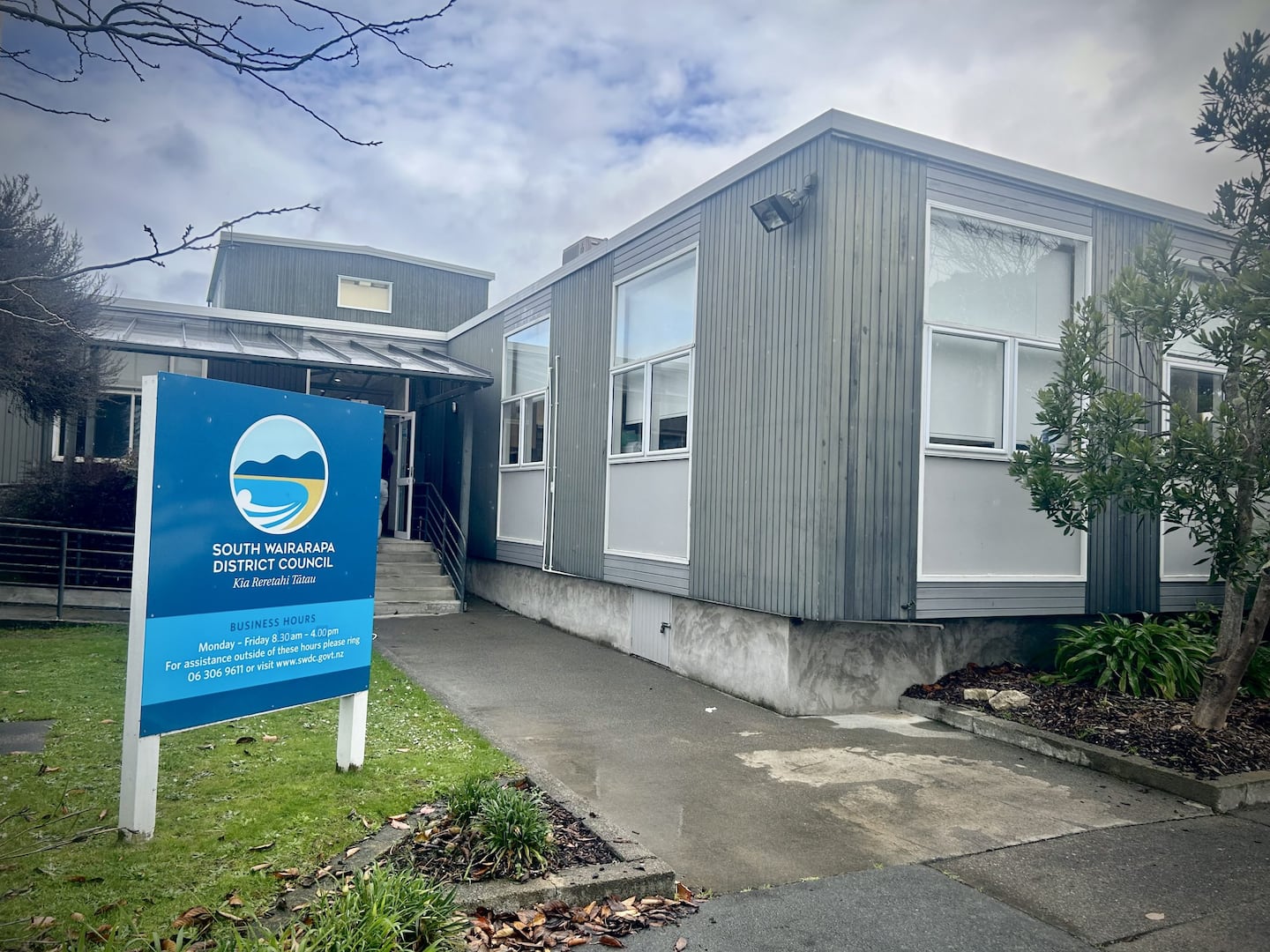Ad hoc and unconsented granny flats could impact South Wairarapa’s at-capacity water infrastructure if people don’t follow the rules.
Under a government proposal, simple standalone houses up to 60 square metres in size would not need a resource or building consent from councils.
A building consent is currently required to confirm that proposed work complies with the Building Code.
Under the government’s proposal, building consent exemptions would be granted for small houses, built by trusted workers, to a simple straightforward design, and be notified to councils.
The intended outcome of the policy is to increase the supply of small homes, creating more affordable housing options and choice.
At a recent workshop, South Wairarapa Deputy Mayor Melissa Sadler-Futter said she appreciated the government was trying to address issues of speed and housing provision, “but we have to be mindful of what will work for our district and the flow-on effect on our community”.
Mayor Martin Connelly said the “aspect of most concern” was whether people who built a granny flat without a consent thought they could also have a water and wastewater connection.
The council has suspended connections for new properties to join the wastewater network in two of of its three main towns due to capacity issues.
In a submission to the government’s proposal, chief executive Janice Smith said it was important that any additional properties were notified and approved by council to ensure they were appropriately serviced for wastewater.
She said capacity issues could be further exacerbated if additional properties were joined to the network by extending existing in ground services without any approval from council.
Under the proposal, one of the conditions that must be met to build a small standalone dwelling without a building consent is that plumbing and drainage systems must connect to network utility operator services, where available (reticulated mains water, sewer and stormwater).
The council was also concerned about stormwater management and the impacts on water supply, especially during summer.
It costs about $4000 for the council to inspect and process a building consent for building work valued at less than $500,000.
When granting a building consent, the council ensures houses are safe and habitable.
Smith said by removing the council from the process, “short-term measures to reduce costs and delays could result in long-term costs to future owners”.
She made reference to the “leaky homes” crisis which became apparent in the early-2000s.
“Leaky Homes” refers to properties built between 1988-2004, which were not fully weather-tight, and water leaked through the outside cladding and into the home itself.
The crisis triggered amendments to the Building Act.
In many leaky building cases, councils were the only party property owners could take legal action against when the builders and developers involved had ceased trading under the same name, because the local authority signed off the work.
Smith said under the granny flats proposal, the government needed to clearly outline council’s input and resulting liability.
“We do not want to find ourselves being the ambulance at the bottom of the cliff when bad decisions are made,“ she told councillors.
Final policy decisions are expected to be made later this year. Legislative changes are intended to be in place by mid-2025.
- LDR is local body journalism co-funded by RNZ and NZ On Air


